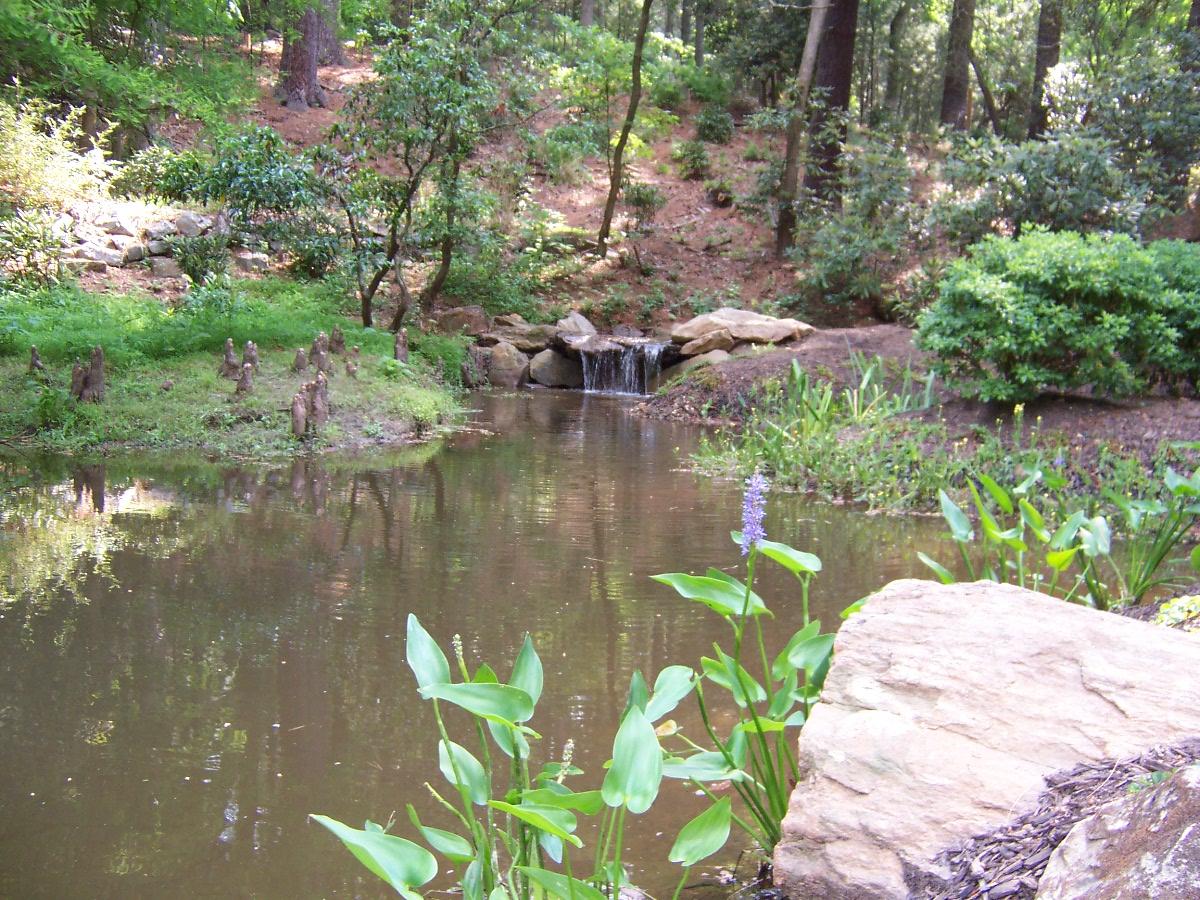After two decades of designing, building and creating community in Hale County, Ala., Rural Studio remains a complicated place, according to its director, Andrew Freear.
“We’ve always been slightly frustrated at the oversimplification of what it is and what it does,” he says.
Even pulling together Rural Studio at Twenty – a new book from Princeton Architectural Press that chronicles the evolution of the legendary program – was eight to 10 years in the making.
“It’s an attempt to dig deeper into what the education of the students was and is – there’s a richness to that story that’s never been told,” he says. “People think it’s about helping poor people and digging into the past, but this book tells the story of the education that students get.”
The students are from the Auburn University College of Architecture. Over two decades, about 600 of them have dedicated themselves to the hands-on design and construction of a number of homes, as well as a volunteer fire station and a new town hall.
“They’ve done everything from roofs to wheel chair routes – about 150 projects, all within a 25 mile radius,” he says. “We’ve built a reputation locally.”
The studio has become a neighbor and a resource for the county, where 150 years ago, cotton was king in one of the richest areas of the nation. When the studio was established though, the area wasn’t exactly thriving.
“It was an area that was depopulating, with people the age of the students trying to get out,” he says. “I don’t know how much we’ve changed it all, but we’ve given places like Newbern and Greensboro new life.”
They’ve done that with help from consultants from around the world – environmental engineers, acoustical engineers and structural engineers — who give them advice. The studio is funded partially by a stipend from Auburn, partially by grants from three foundations across the nation, and partially by students who contribute more than free labor.
“For the Newbern town hall, the students raised more than $100,000 dollars — they got on the telephone to do it,” he says. “They design the project, they build the project, and I handhold them. They did five community presentations – and they got an incredible education.”
Beyond all that, there’s a social component too.
“Architecture should be more than a plaything for the rich,” he says. “Good design can be for everybody.”
That’s especially true in Hale County, Ala.
[slideshow id=1219]
Photography by Timothy Hursley

